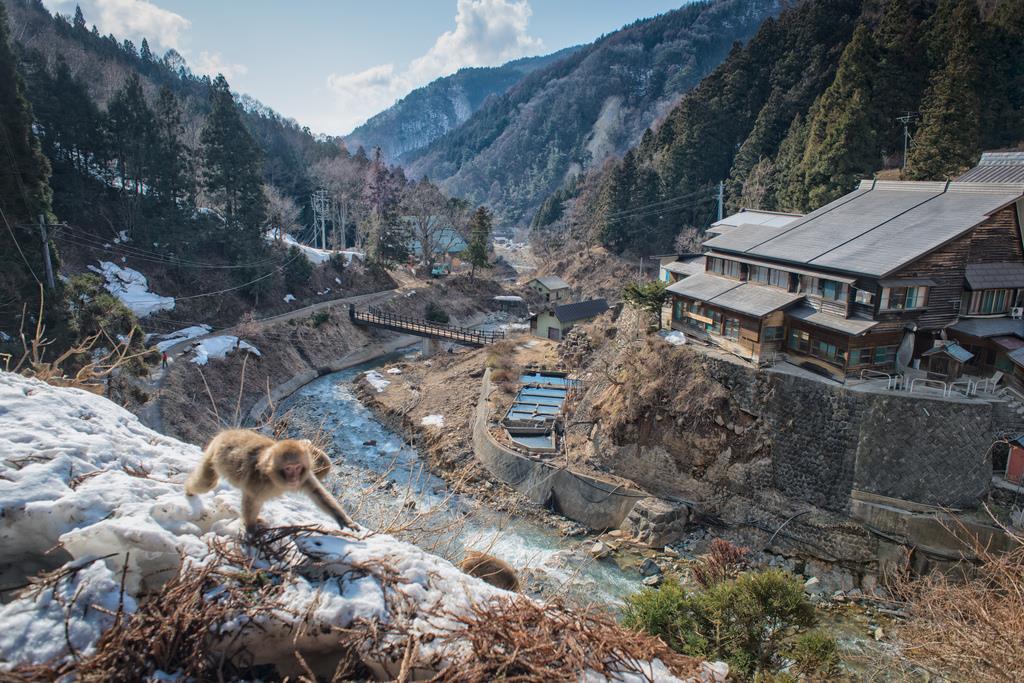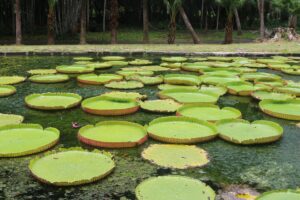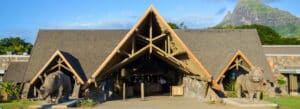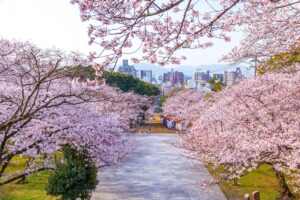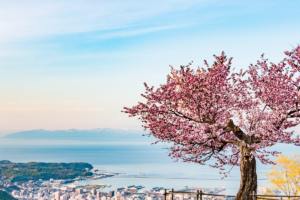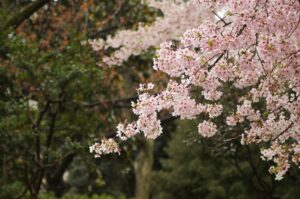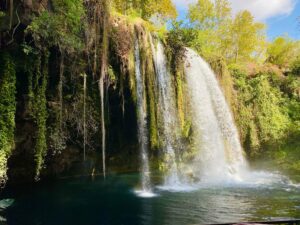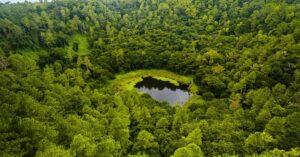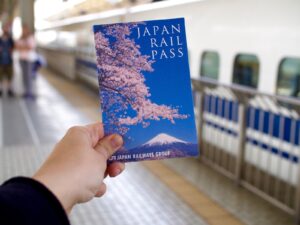During your visit to Japan, make sure to visit snow monkey park – Jigokudani Yaen Koen.
The name of Jigokudani Park literally has a slightly frightening translation – “Valley of Hell”. It got its name because of the high steep mountains and the smell of sulfur emanating from hot springs.
A group of macaques has chosen this natural spa resort as a place of residence. Japanese snow macaque park is located on Honshu, about 25 km from Nagano, where located one of the most popular Japanese castles – Matsumoto. It is 170 km from Tokyo.
Check our ultimate travel guide to Jigokudani Monkey Park in Japan, you can get a lot of useful information from this post: how to get, best time to visit, things to know in advance and other details needed for perfect trip planning.
Click here if you would like to join Day Trip to Jigokudani Monkey Park.
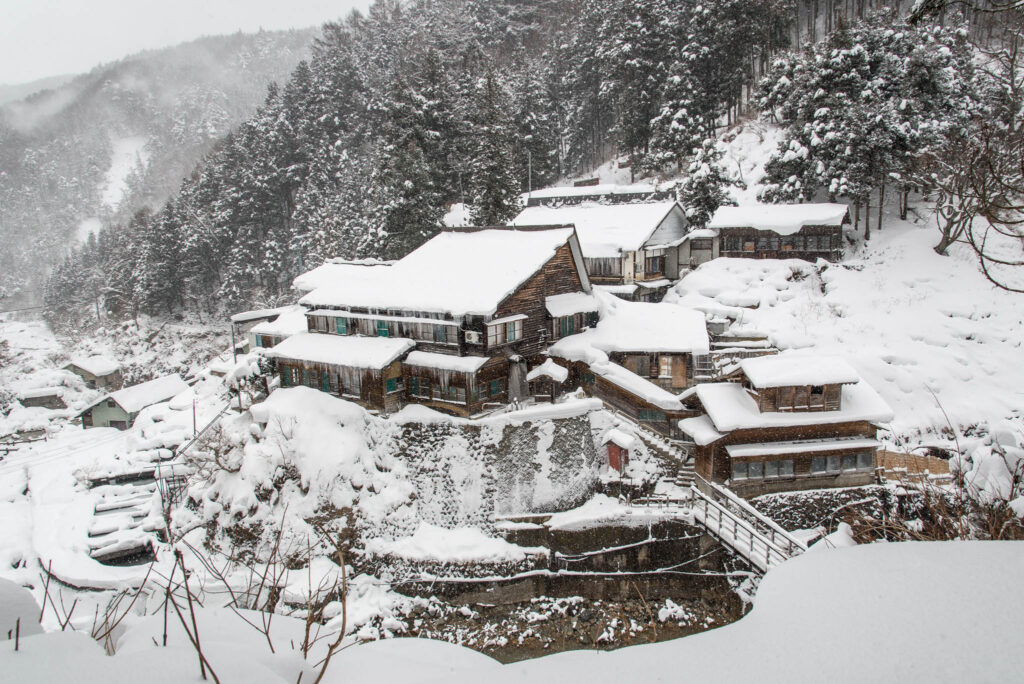
General Information
- Entrance fee: adults – 800 yen, children – 400 yen.
- Opening hours: the park is open from 8.30 to 17.00 in the summer season (April-October), from 9.00 to 16.00 in the winter season (November-March). In fact, the park is open 365 days a year, but depending on weather conditions, it may be closed.
There are no cafes, restaurants or even food stalls on the territory of the park itself. You can eat at the Enza cafe, which is located right before the start of the path near the Kambayashi onsen. On the territory of the park itself there is a small gift shop that sells hot chocolate and tea, but no food.
History of Jigokudani Park
Macaques are believed to have turned the local hot springs into a holiday destination in 1963. The “official” legend says that the idea came from a female snow monkey who spotted tasty beans in the water.
But while the macaque reached them, she liked being in the water so much that she forgot about them. Later, other macaques joined her.
And now Jigokudani Park has become a favorite place for entire monkey families. As a result, people had to give this onsen to snow monkeys.
In fact, macaques were forced to move here. Since the 1950s, active construction of ski resorts began in Japan. Lifts began to be installed on the slopes, and many trees were cut down.
This led to a decrease in macaques population and their forced migration to the mountainous regions of the country, located just below. They began to live near farms, steal crops, which caused discontent and became an object for hunting.
Best Time to Visit
As a tourist attraction, Snow Monkey Park in Japan was opened in 1964. The “bathing season” for macaques begins during winter, and lasts from November to March.
During this period, Jigokudani Park is filled with two biological species – macaques, and, of course, Homo Sapiens travelers who want to admire their funny evolutionary ancestors. Monkeys themselves have long been accustomed to the presence of guests. They continue to bathe in the springs, paying no attention to visitors.
If you decide to visit the monkey park during this period, dress warmly. You will have to walk about 1.6 km, although the path leading to the macaques is quite gentle and the temperature is quite low at this time of the year.
During warm periods, the monkeys are less eager to bathe in the hot spring. To get them to do this, park workers have to resort to various tricks, such as throwing food into the water.
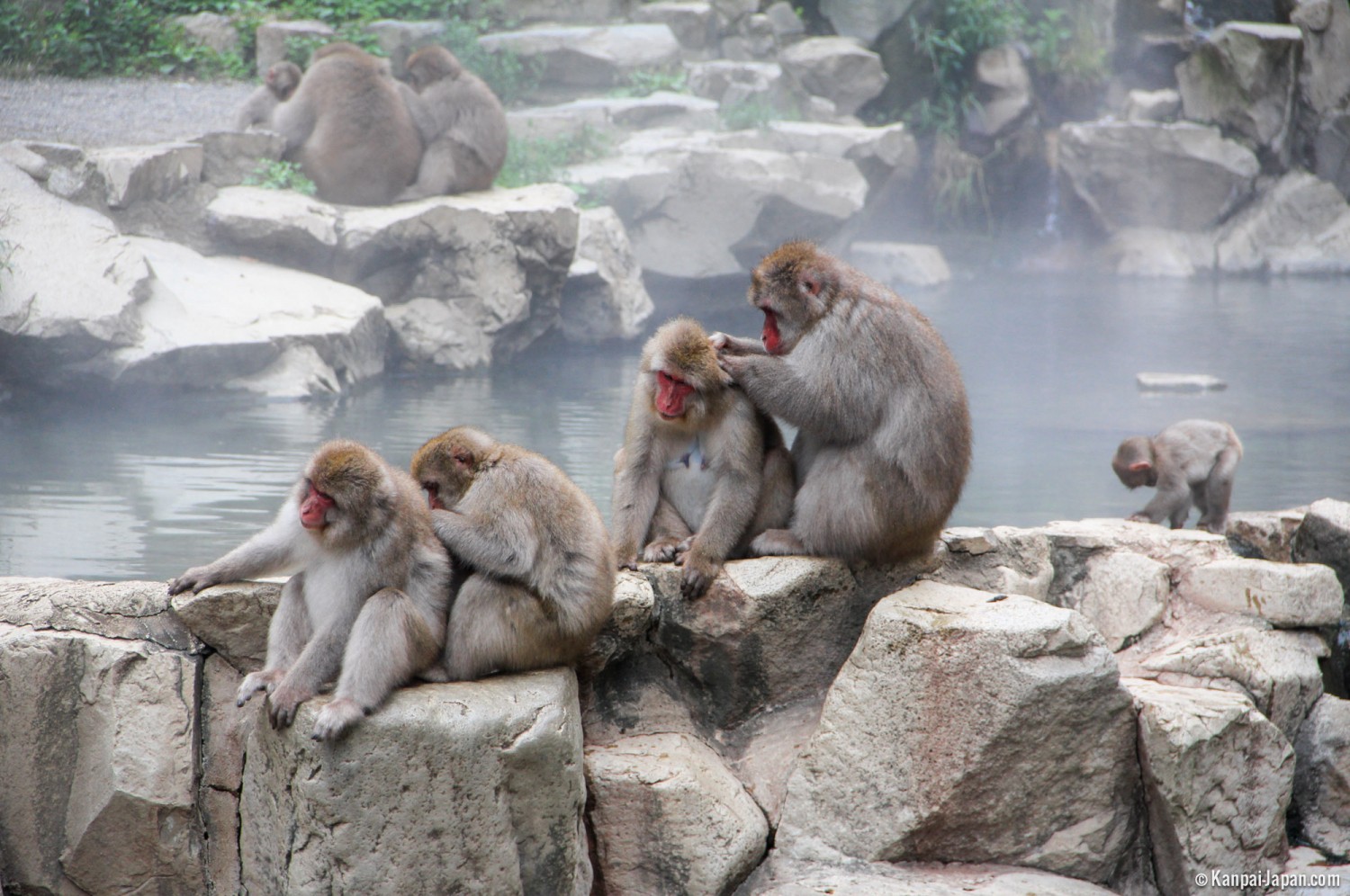
Macaques Living in Jigokudani Park
Japanese macaques are considered the northernmost type of monkeys. Their coat allows them to withstand temperatures below 15 degrees Celsius.
During winter colds, macaques warm their grayish-beige fur. On Honshu island, entire monkey colonies escape the cold in the hot waters of the springs.
Monkeys feed on tree roots, berries, and insects – this is their winter diet. During warm season, their food becomes more abundant: in summer, monkeys have the opportunity to diversify their diet with ripe fruits, bird eggs, and small animals.
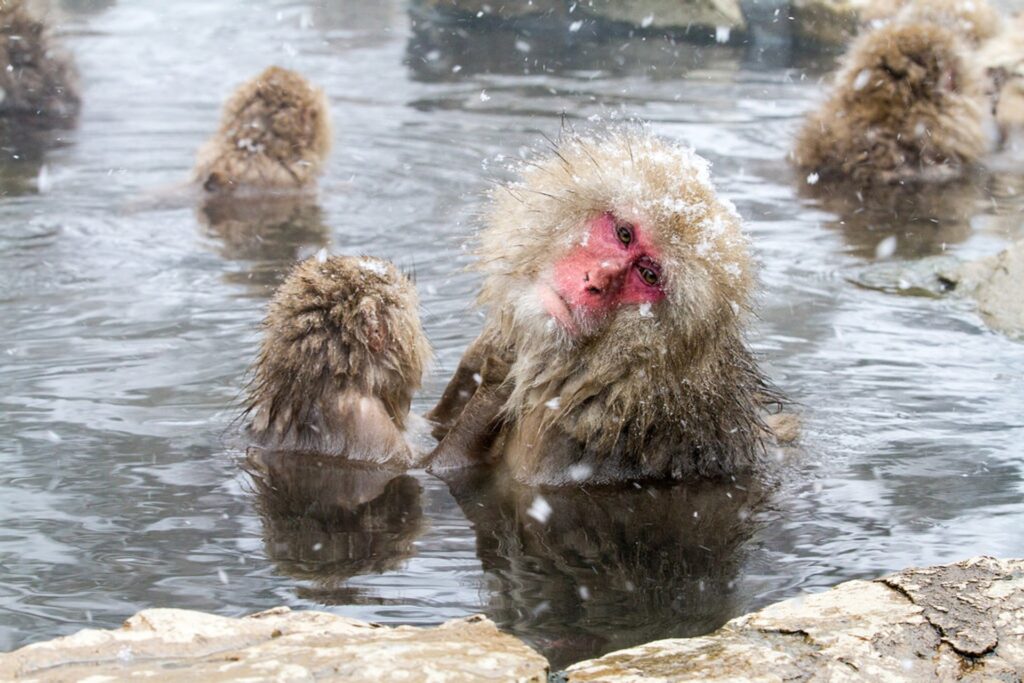
How Monkeys Spend Their Time
Of course, their wool freezes quickly in the cold. Smart animals have come up with their own system of duty. While one part of the family is in the water, the other brings them food. Then the guard changes.
Monkeys are in the water almost the whole day. They have the opportunity to crawl upstairs only during the day, when the sun warms the air as much as possible.
It’s funny to watch the drying process of macaques: they sort out each other’s shaggy wool covered with ice. It may seem that this is how macaques catch fleas; but in fact these gestures are an expression of affection.
Japanese macaques are a rare species on the verge of extinction. Animals are under the protection of the relevant inspections.
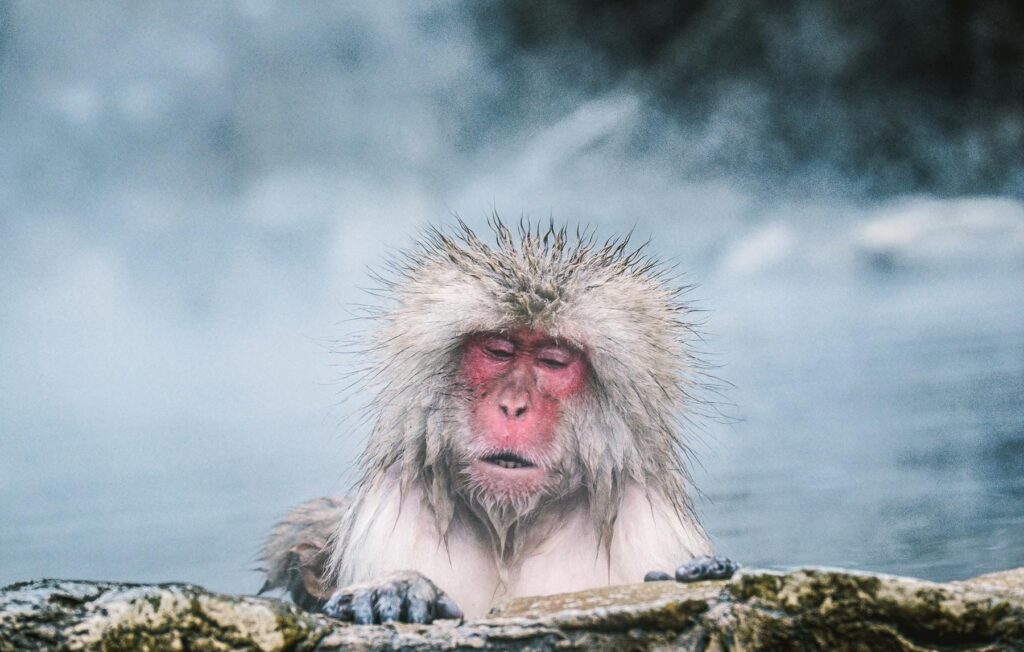
Jigokudani Park Visiting Tips
Park guests can watch monkeys in their natural habitat. Also, near the pool there is a camera, which allows you to monitor the macaques online.
Here is a real paradise for photographers who often come to the park for wonderful pictures. You can watch monkeys in their usual habitat in many Asian countries, including Hainan Island in China.
But it is worth remembering that it is forbidden to approach animals too quickly, touch them or try to feed them. The fact is that excessive human activity can cause an aggressive reaction in snow monkeys.
Tourists should not move too abruptly so that the inhabitants of the monkey park in Japan are not scared.
You can take your camera with you. But it is not recommended to get it directly in the presence of monkeys, as they may suspect aggression in this movement.
